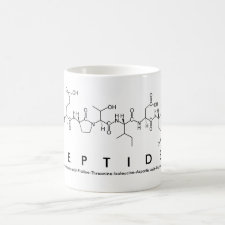
Authors: Wang Z, Kong DL, Qiao N, Wang N, Wang Q, Liu H, Zhou ZY, Ren ZQ
Article Title: Facile preparation of novel layer-by-layer surface ion-imprinted composite membrane for separation of Cu2+ from aqueous solution.
Publication date: 2018
Journal: Applied Surface Science
Volume: 457
Page numbers: 981-990.
DOI: 10.1016/j.apsusc.2018.07.031
Alternative URL: http://www.sciencedirect.com/science/article/pii/S0169433218319056
Abstract: A novel surface ion-imprinted composite membrane was fabricated using layer-by-layer technology for selective adsorption separation of copper ion. The ion-imprinted multilayer was introduced on modified polyethersulfone substrates by electrostatic interaction. Photocrosslinking was initiated by adding 4,4'-diazostilbene-2,2'-disulfonic acid disodium salt and template ions were eluted by HAc solution. Effects of preparation and adsorption conditions, such as cationic polyelectrolyte species, crosslinking agent concentration, assembly layer number, pH and initial Cu(II) concentration, on adsorption behaviors were investigated. Fourier transform infrared spectroscopy, scanning electron microscopy, atomic force microscope and X-ray photoelectric spectroscopy were used for the characterization of the copper ion-imprinted membrane (Cu-IIM). Batch adsorption experiments for studies of adsorption kinetics, adsorption selectivity and stability were conducted. The maximum adsorption capacity reached up to 48.0 mg g-1 when 3.5 bilayers were deposited on the surface of membrane under specific experimental conditions (C0 = 200 mg L-1, pH 6.0, 400 mL, 25 °C). The Cu-IIM exhibited a higher selectivity for copper ions when competitive ions were present. In addition, the Cu-IIM showed good stability. Moreover, according to the observation of the surface color change of the Cu-IIM during the adsorption process, the membrane could be used for qualitative concentration detection of copper ions in aqueous solution
Template and target information: copper ion, Cu(II)
Author keywords: Surface ion-imprinted, Layer-by-layer, Copper ion imprinted membrane, Selective adsorption separation, Qualitative concentration detection



Join the Society for Molecular Imprinting

New items RSS feed
Sign-up for e-mail updates:
Choose between receiving an occasional newsletter or more frequent e-mail alerts.
Click here to go to the sign-up page.
Is your name elemental or peptidic? Enter your name and find out by clicking either of the buttons below!
Other products you may like:
 MIPdatabase
MIPdatabase









